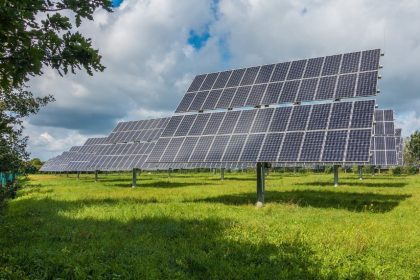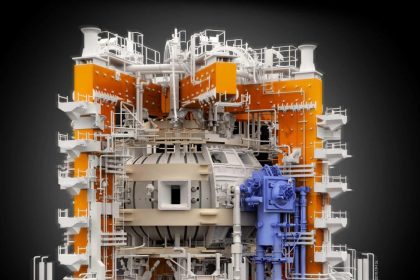Blending Hydrogen With Natural Gas Could Help Energy Transition

EDMONTON, Canada — Burning a blend of hydrogen and natural gas to heat homes could reduce carbon emissions by as much as 5% per year without having to change existing infrastructure, according to a report out of the University of Alberta.
The blended fuel, called hythane, could also represent a significant step forward in the transition to clean energy, the public research university said in a press release.
“You can transport it in current pipelines, you can use it in your appliances and you can use it for heating purposes with current equipment,” said the university’s Amit Kumar, who advised the provincial government in developing its Hydrogen Roadmap, in a written statement.
Best of all, he said, so long as the hydrogen in the blended fuel doesn’t exceed between 15% and 20% by volume, “you don’t need to make any modifications.”
Kumar is the NSERC/Alberta Innovates/Cenovus associate industrial research chair in Energy and Environmental Systems Engineering at the university.
His research involves modeling various energy pathways — using a combination of renewable and non-renewable energy — to reduce overall carbon emissions in a cost-effective way over the next few decades.
In his latest study, published last month in Renewable and Sustainable Energy Reviews, Kumar and a team led by engineering PhD student Matthew Davis evaluated 576 long-term scenarios across global jurisdictions between 2026 and 2050, varying the hydrogen blending intensity, carbon policy and hydrogen infrastructure development.
Kumar and his team found that the low cost of introducing hythane into natural gas networks offers a “near-term opportunity for capacity building, technology learning and building confidence in the consumer.”
Hydrogen produces one of the world’s cleanest sources of energy because it produces only water when burned or used in a fuel cell.
There are, however, different “grades” of hydrogen. So-called “gray” hydrogen does release some greenhouse gas as it is produced by the process of converting natural gas to hydrogen and carbon dioxide.
The much cleaner “blue” hydrogen is produced when one combines this process with carbon capture and storage.
“We produce a large amount of hydrogen in Alberta, but most of it is used in the industrial sector in bitumen upgrading and fertilizer production,” Kumar said in the press release.
“If we convert our infrastructure to produce blue hydrogen — and that means adding carbon capture and storage — to all of these production facilities, that’s a big win for us,” he said.
For now, using a blend of hydrogen and natural gas is low-hanging fruit in the pursuit of a clean energy economy.
“You don’t need a major investment,” he says. “You can use the existing infrastructure and slowly replace it to take on a higher percentage of hydrogen. It gives you time in a slow transition.”
The proposal is now part of Alberta’s Hydrogen Roadmap, a key element of the province’s economic recovery plan, which identifies key markets such as residential and commercial heating, transportation, power generation and storage and chemical processing.
Dan can be reached at [email protected] and @DanMcCue

























